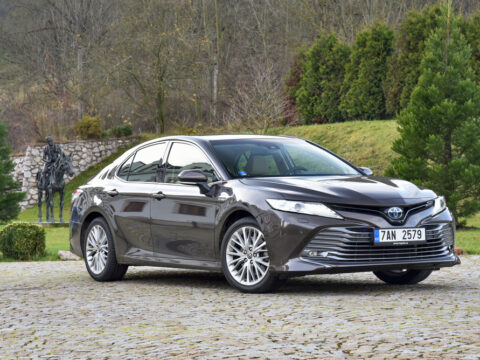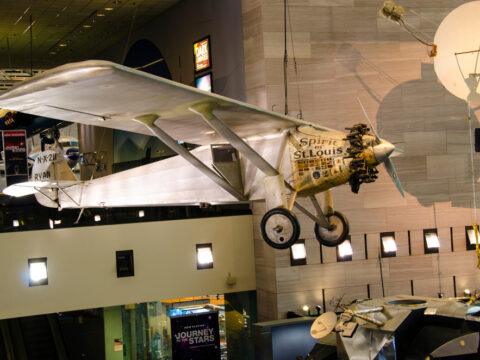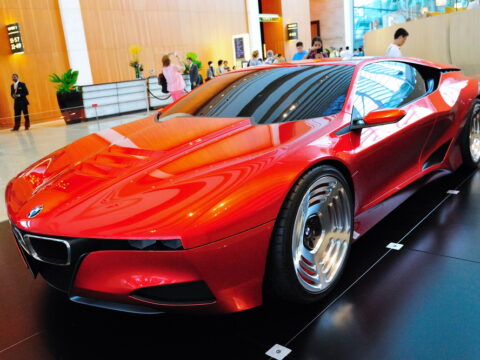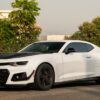BMW has long been synonymous with luxury, performance, and cutting-edge technology, producing some of the most recognizable models in automotive history. From the iconic 3 Series to the powerful M5, each model has introduced innovations that set new standards in the industry. In this article, we’ll explore BMW’s most famous models and the groundbreaking advancements they brought to the market. These innovations not only define BMW’s legacy but also continue to influence the evolution of modern vehicles.
Contents
BMW 2002 (1968-1976)
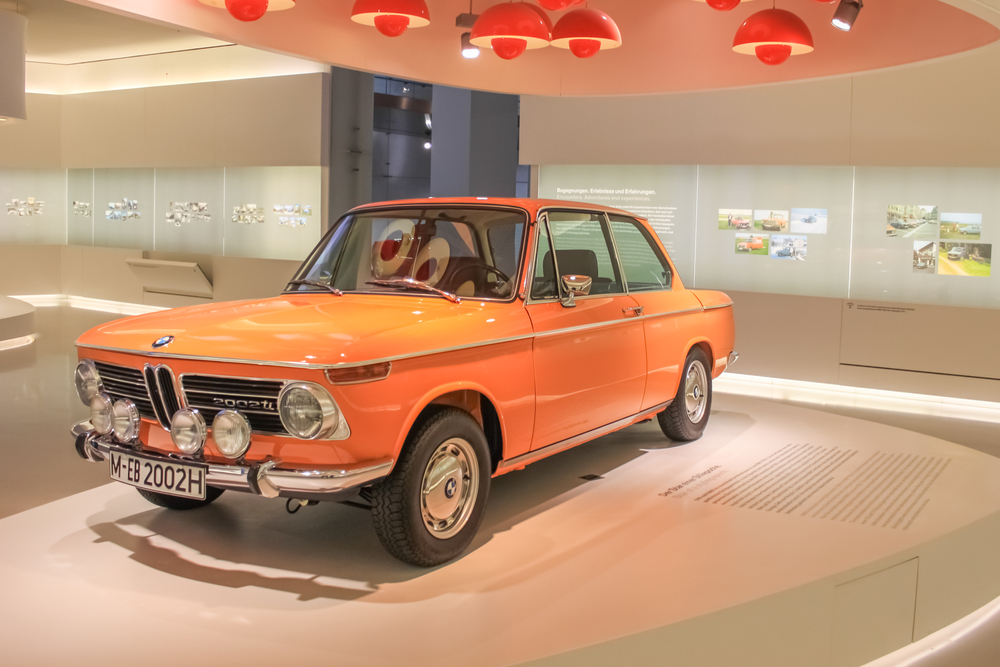
The BMW 2002 is one of BMW’s most iconic models, credited with establishing the brand’s reputation for producing sporty and driver-focused cars. Introduced in 1968, the 2002 was part of the “New Class” series and featured a 2.0-liter four-cylinder engine, which was considered powerful for its time. The car’s lightweight design and responsive handling made it a favorite among driving enthusiasts. The 2002 also introduced BMW’s use of independent rear suspension and front disc brakes, setting a standard for future models. Its success paved the way for the BMW 3 Series, which would go on to become the brand’s best-selling model.
BMW 3 Series (1975-Present)
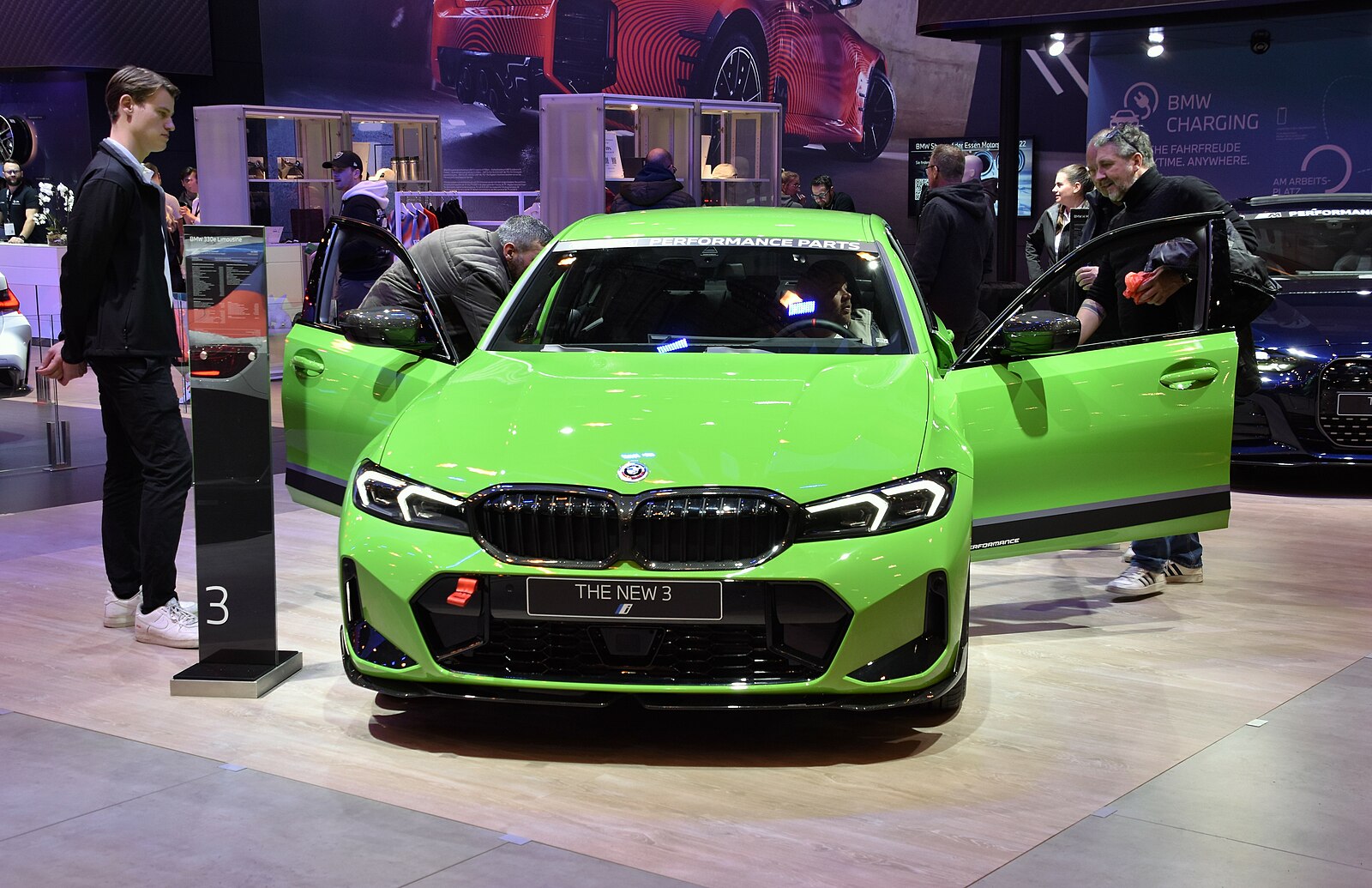
The BMW 3 Series is arguably the most recognizable and successful model in BMW’s history. Launched in 1975, the 3 Series has evolved through multiple generations, each bringing innovations in design, technology, and performance. Known for its perfect balance of sportiness and luxury, the 3 Series introduced features like rear-wheel drive dynamics, advanced suspension systems, and a range of powerful and efficient engines. The model has consistently set benchmarks in the compact luxury sedan segment and remains a favorite for both driving enthusiasts and luxury car buyers.
BMW M3 (1986-Present)
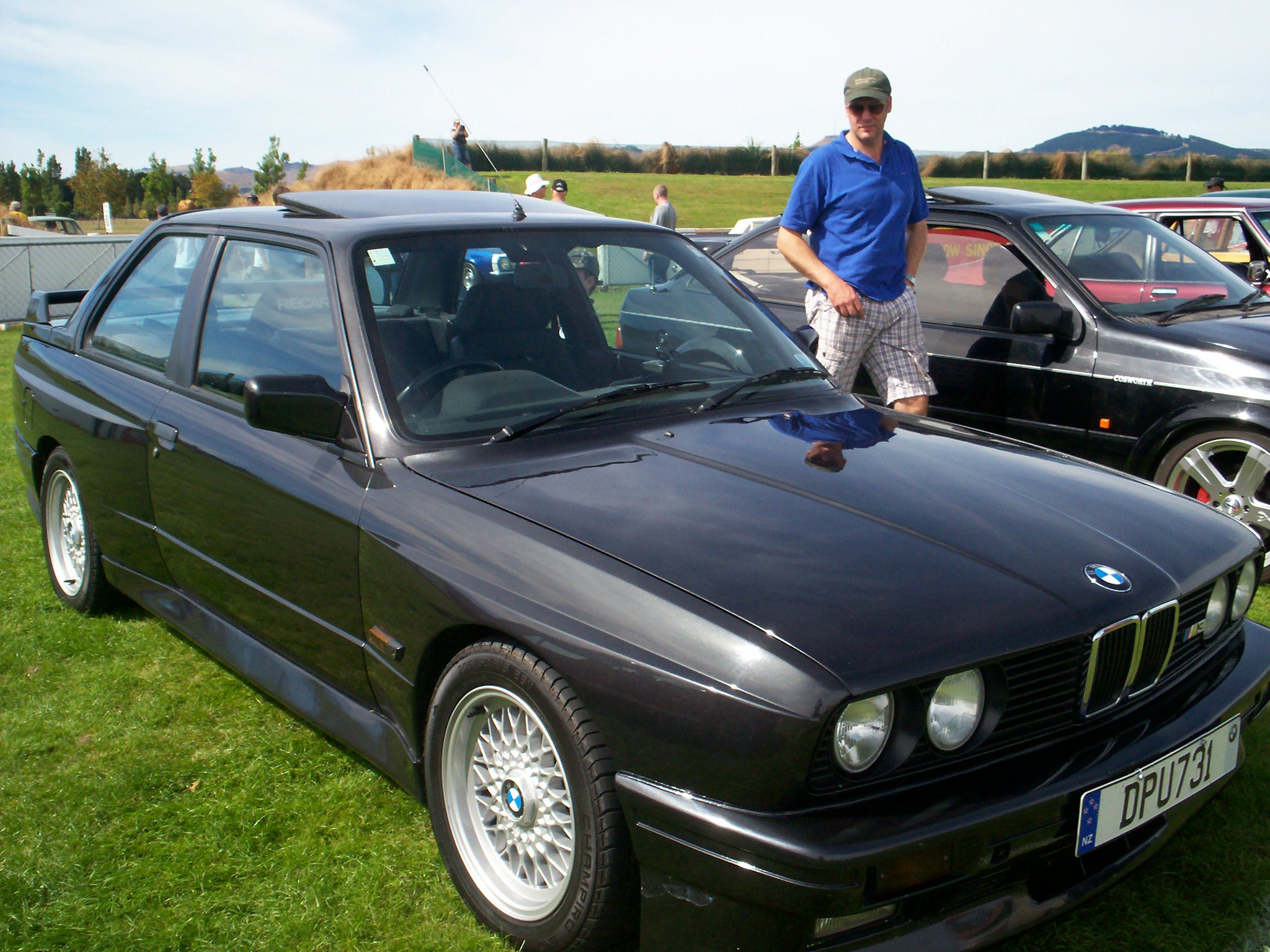
The BMW M3, introduced in 1986, is the high-performance variant of the 3 Series and is one of the most celebrated sports cars in the world. The first-generation M3 (E30) featured a 2.3-liter inline-four engine with 200 horsepower, aggressive aerodynamic styling, and a motorsport-derived suspension setup. Over the years, the M3 has seen numerous innovations, including the introduction of a high-revving naturally aspirated inline-six engine, the use of lightweight materials like carbon fiber, and advanced transmission options such as the dual-clutch gearbox. The M3 continues to set the standard for performance sedans.
BMW 7 Series (1977-Present)
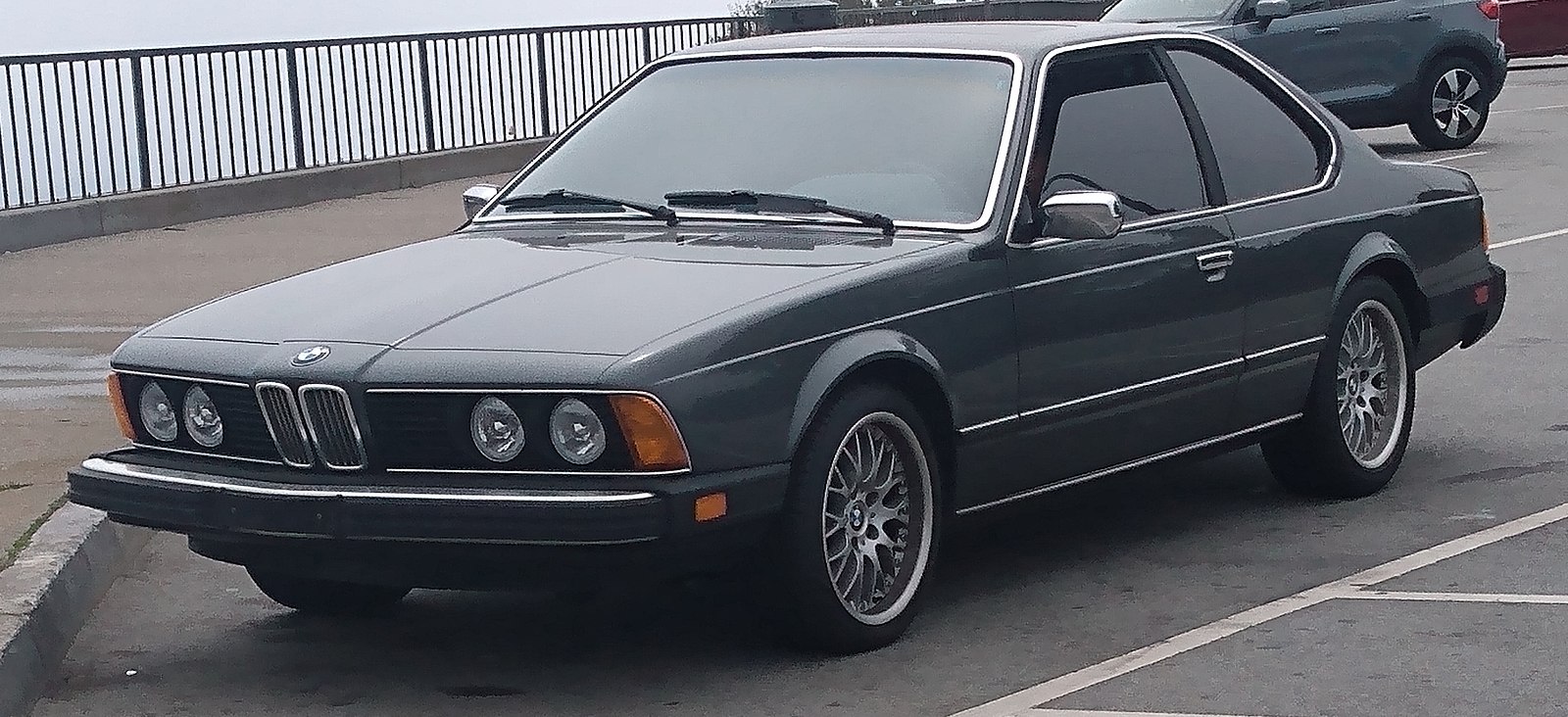
The BMW 7 Series is the brand’s flagship luxury sedan, first introduced in 1977. Known for its innovative technology and opulent comfort, the 7 Series has introduced several firsts for BMW, including the iDrive infotainment system, active steering, and the use of lightweight materials like carbon fiber in its construction. The latest generations feature hybrid powertrains, advanced driver assistance systems, and cutting-edge luxury features like gesture control and executive rear seating packages. The 7 Series is a showcase of BMW’s engineering prowess and luxury expertise.
BMW 5 Series (1972-Present)
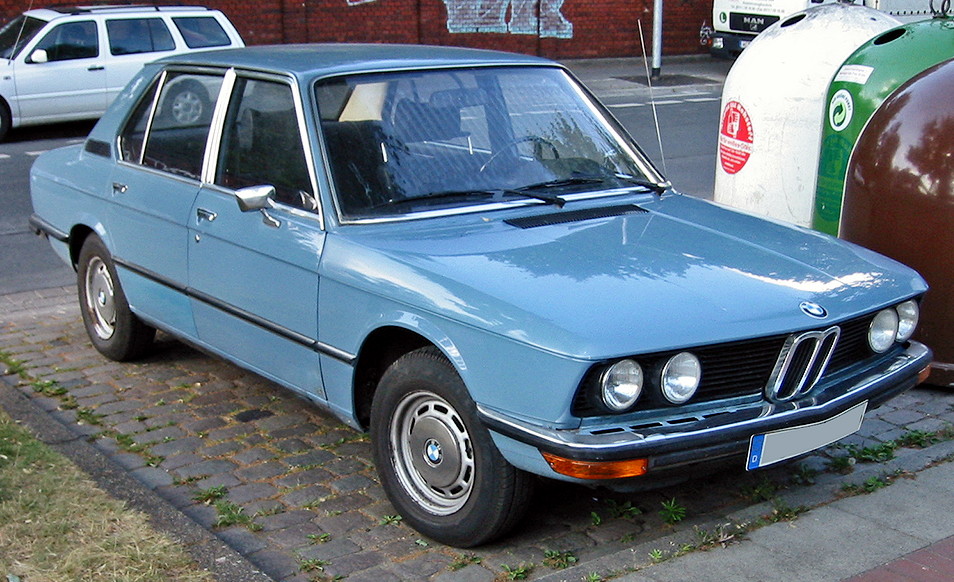
The BMW 5 Series, introduced in 1972, is a midsize luxury sedan that has become one of BMW’s core models. Known for its blend of performance, comfort, and technology, the 5 Series has consistently pushed the envelope in its segment. The model has introduced innovations such as the first turbocharged engine in a BMW sedan, advanced driver assistance systems, and the integration of hybrid powertrains. The 5 Series is also known for its dynamic handling, making it a favorite among drivers who seek both luxury and performance in a midsize sedan.
BMW i8 (2014-2020)
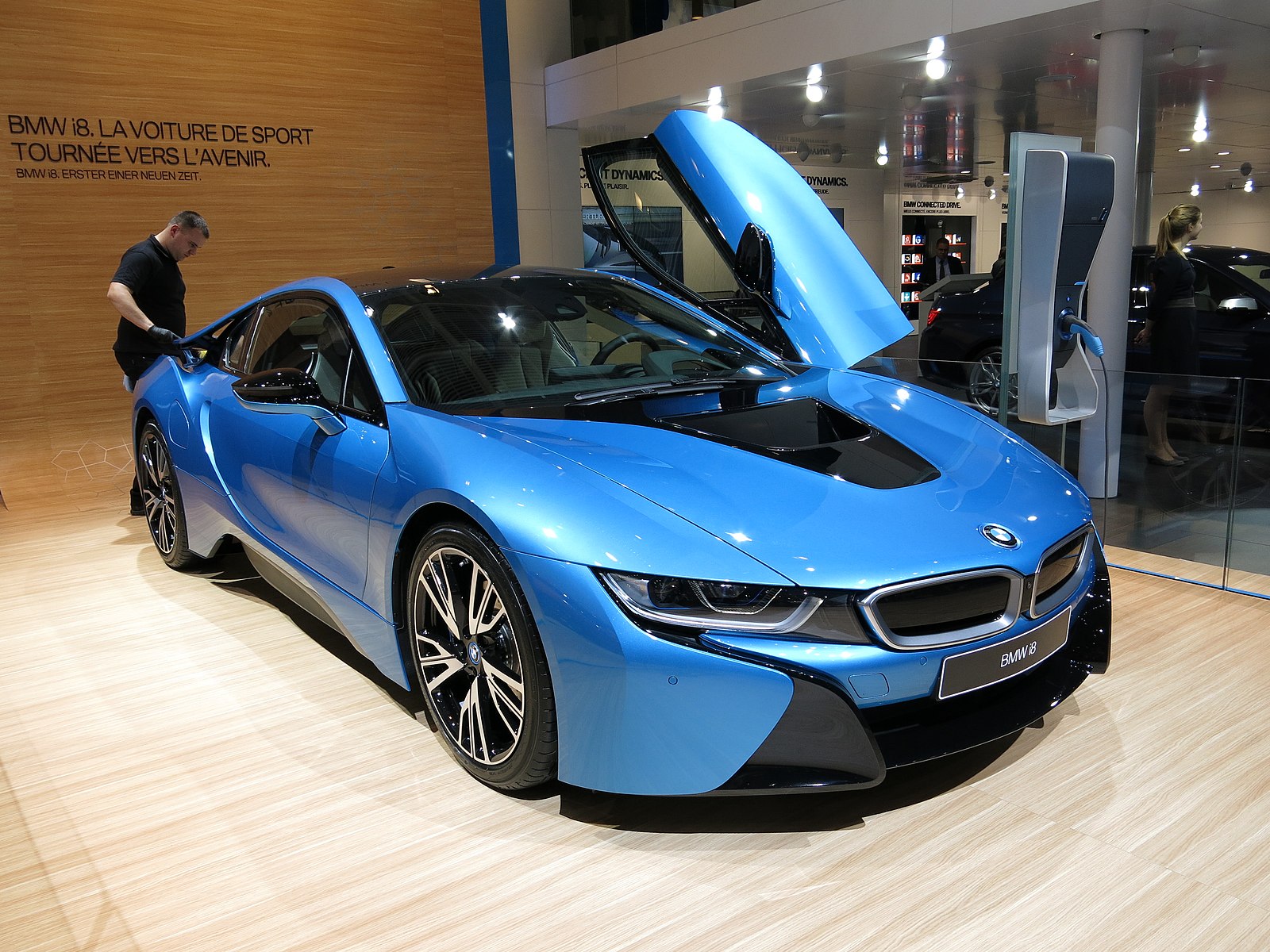
The BMW i8 is a revolutionary model that combines futuristic design with cutting-edge hybrid technology. Introduced in 2014, the i8 features a plug-in hybrid powertrain that pairs a 1.5-liter three-cylinder engine with an electric motor, delivering a combined 369 horsepower. The i8’s carbon fiber-reinforced plastic (CFRP) construction and aerodynamic design make it both lightweight and efficient. It was one of the first sports cars to prioritize sustainability without sacrificing performance, and its butterfly doors and striking aesthetics have made it an icon of modern automotive design.
BMW Z3 (1995-2002)
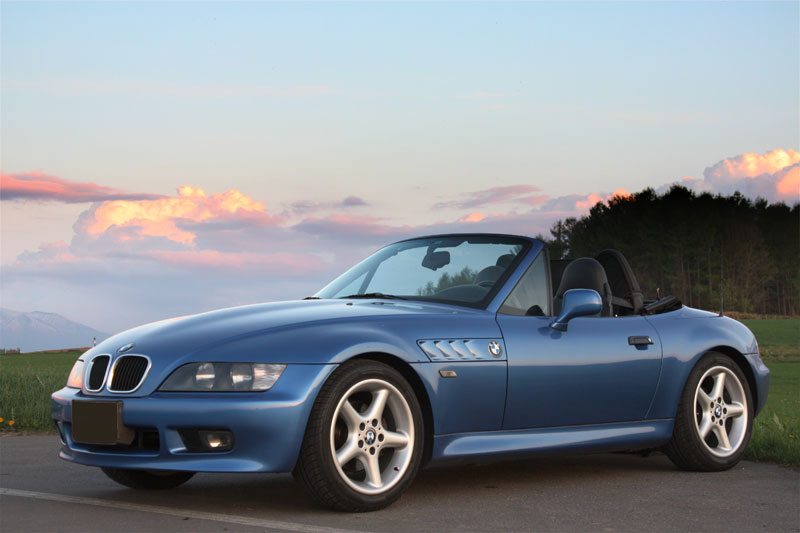
The BMW Z3 is a compact roadster that gained widespread recognition after its appearance in the James Bond film “GoldenEye” in 1995. The Z3 was BMW’s first mass-produced roadster and featured a range of inline-four and inline-six engines. Its design, with long hood and short rear deck proportions, paid homage to classic roadsters while incorporating modern technology. The Z3 also introduced BMW’s use of multi-link rear suspension in its sports cars, which improved handling and ride quality. The Z3 remains a beloved model among enthusiasts for its pure driving experience and timeless design.
BMW X5 (1999-Present)
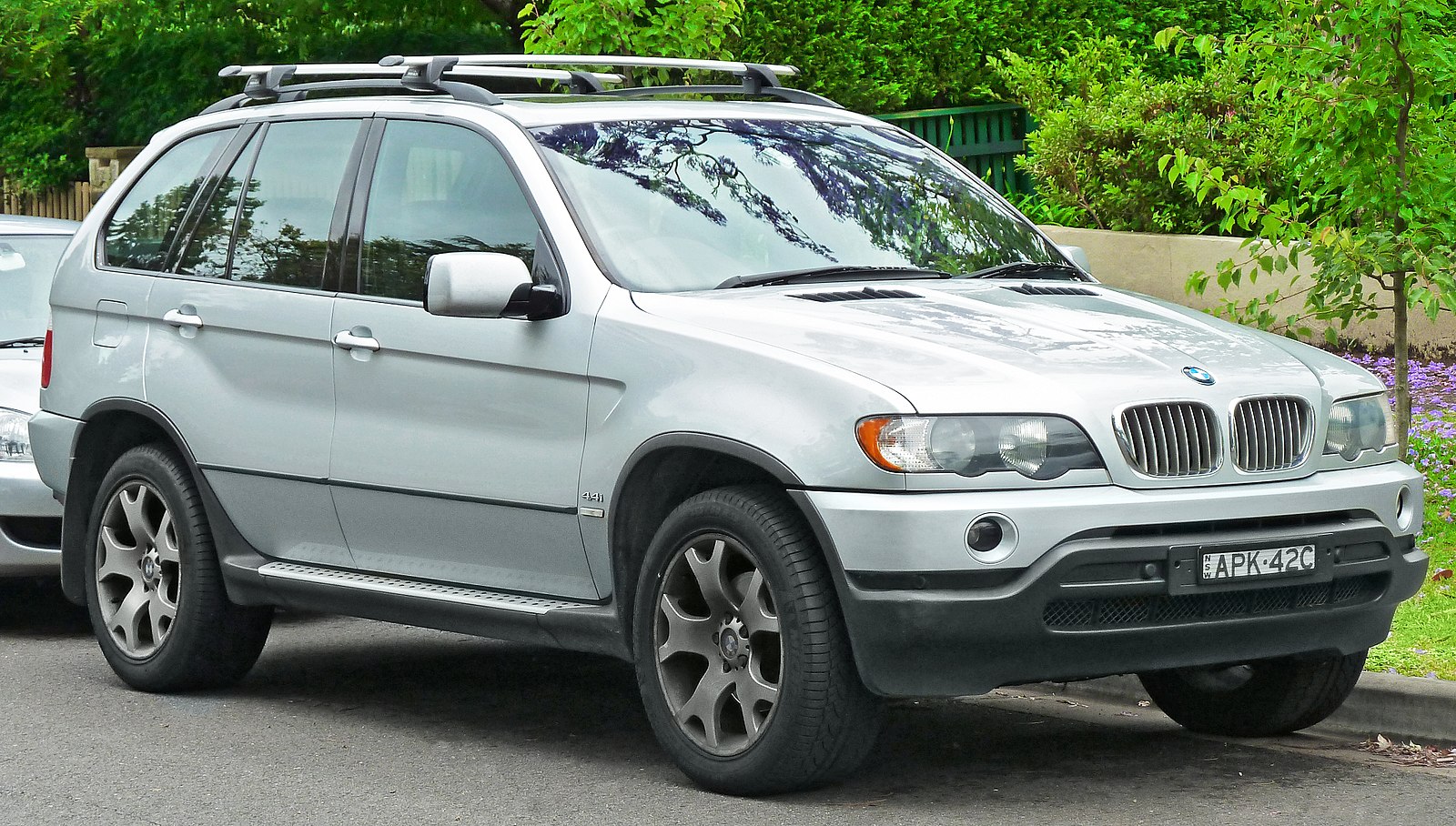
The BMW X5, introduced in 1999, is the model that defined the luxury SUV segment for BMW. The X5 was BMW’s first foray into the SUV market, and it set new standards with its combination of off-road capability, on-road performance, and luxury features. The X5 introduced innovations such as all-wheel drive (xDrive), adaptive suspension, and a range of powerful engines, including V8 and diesel options. Over the years, the X5 has continued to evolve, incorporating advanced driver assistance systems, plug-in hybrid powertrains, and cutting-edge infotainment technology.
BMW E9 3.0 CSL (1971-1975)
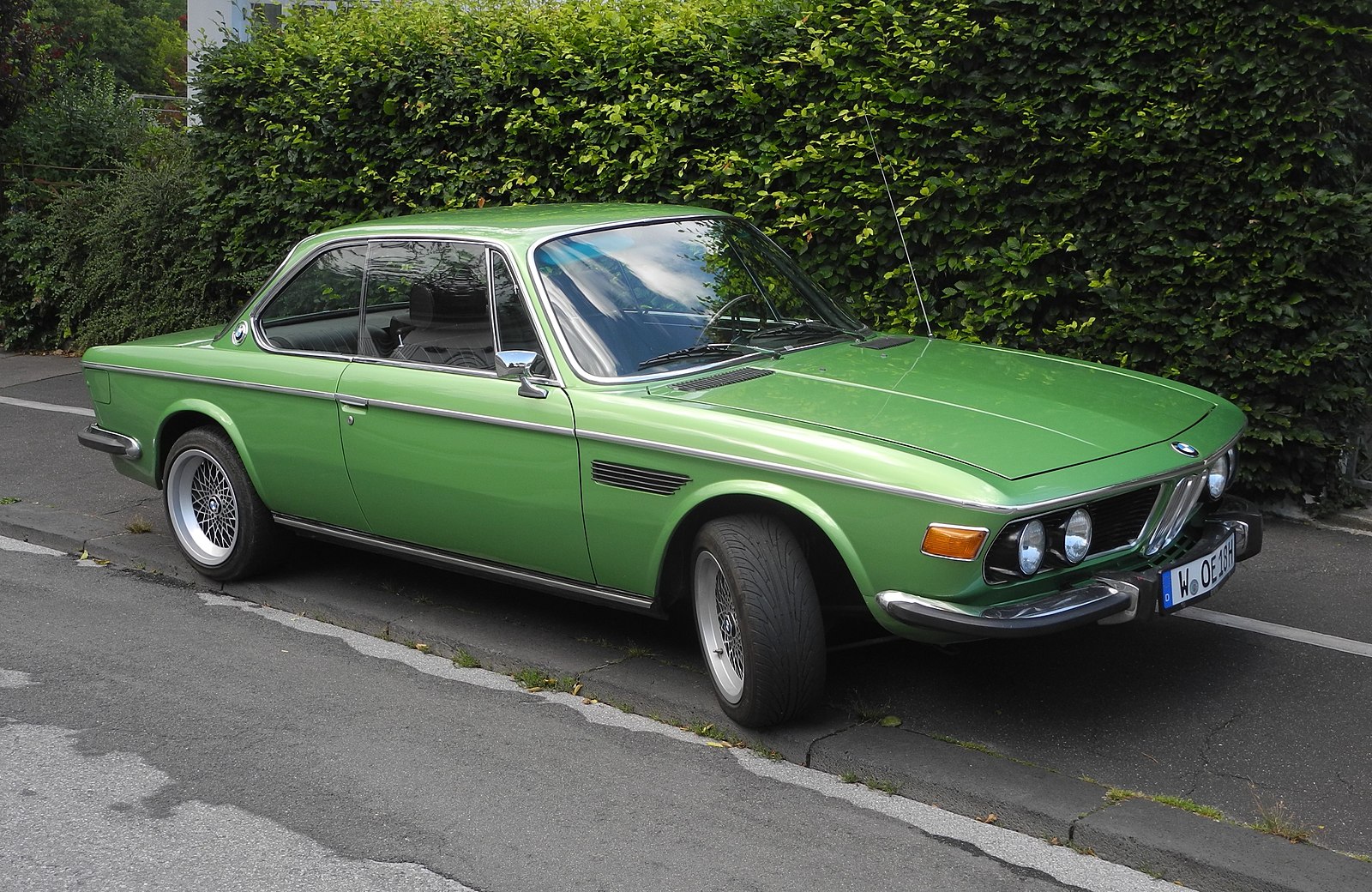
The BMW E9 3.0 CSL is one of the most iconic BMW models ever produced, known as the “Batmobile” due to its aggressive aerodynamic features. Introduced in 1971, the 3.0 CSL was a homologation special built for racing, featuring a lightweight construction with aluminum body panels, a 3.0-liter inline-six engine, and distinctive aerodynamic components like a large rear wing and front air dam. The 3.0 CSL was a dominant force in motorsports, particularly in the European Touring Car Championship, and it laid the foundation for BMW’s M division and its future high-performance models.
BMW 8 Series (1989-1999, 2018-Present)
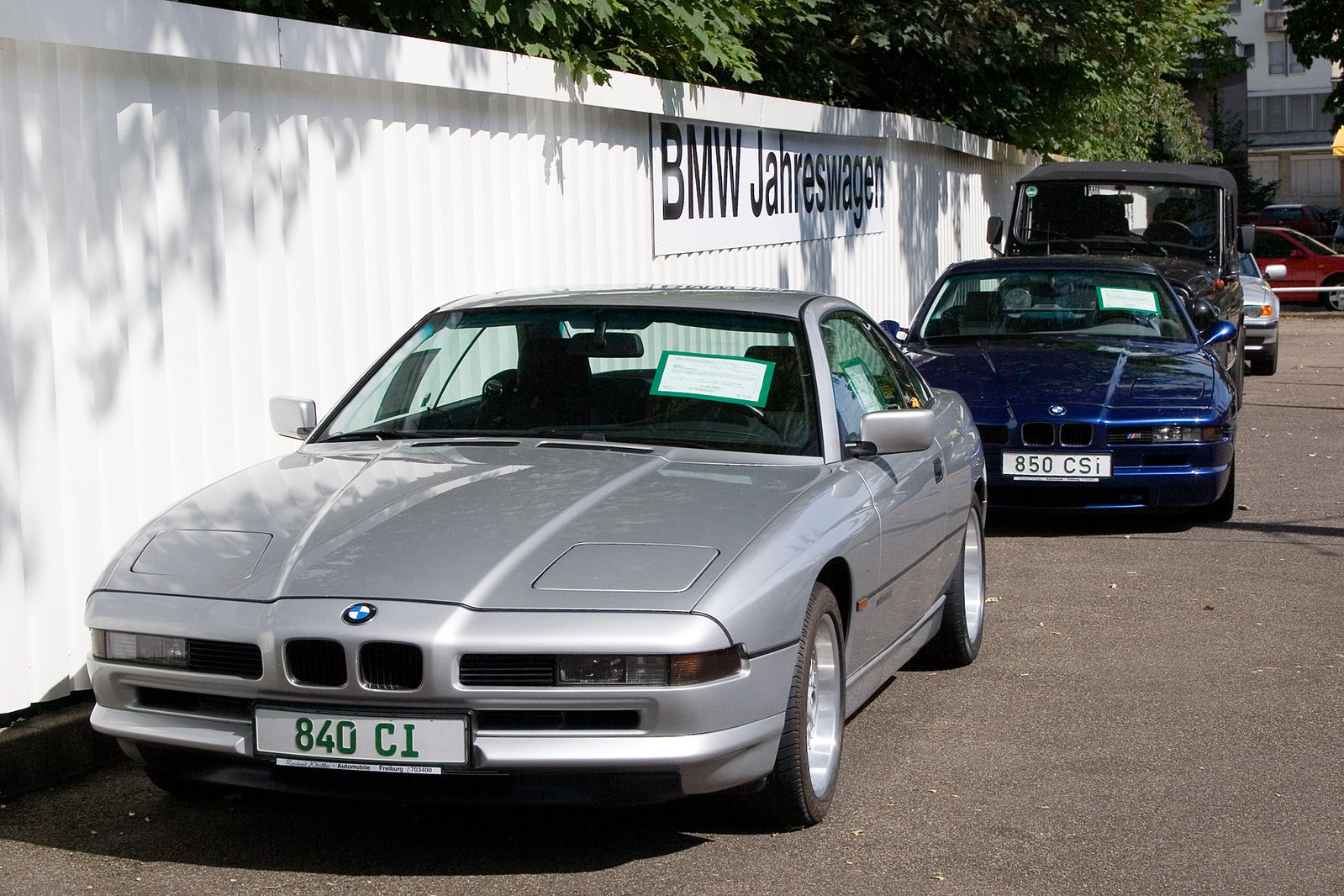
The BMW 8 Series is a grand tourer that has become synonymous with luxury and performance. The first-generation 8 Series, introduced in 1989, featured advanced technology for its time, including a multi-link rear suspension, electronic damper control, and a range of powerful engines, including a V12. After a long hiatus, the 8 Series returned in 2018, combining cutting-edge technology with modern luxury. The latest 8 Series offers advanced driver assistance systems, a luxurious interior, and a choice of powerful engines, including a twin-turbo V8. The 8 Series is celebrated for its blend of performance, luxury, and innovation.
BMW X6 (2008-Present)
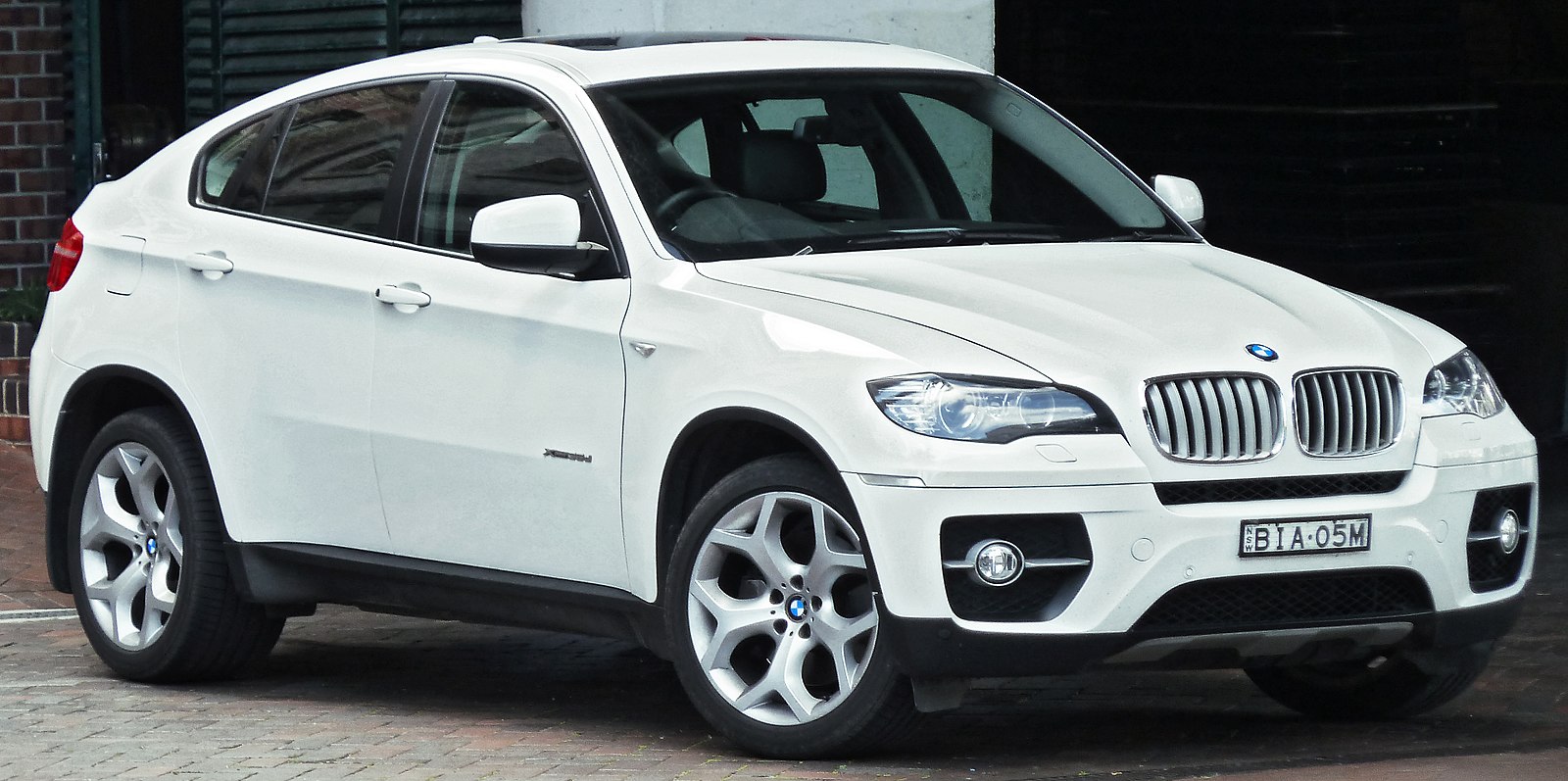
The BMW X6, introduced in 2008, was the world’s first coupe-SUV, combining the high-riding position of an SUV with the sleek roofline of a coupe. The X6’s bold design and innovative concept were initially polarizing but ultimately influential, leading to the creation of a new vehicle segment. The X6 features BMW’s xDrive all-wheel-drive system, advanced suspension technology, and a range of powerful engines. Its combination of sporty handling and SUV practicality has made it a popular choice among luxury car buyers, and it has inspired similar models from other automakers.
BMW i3 (2013-2021)
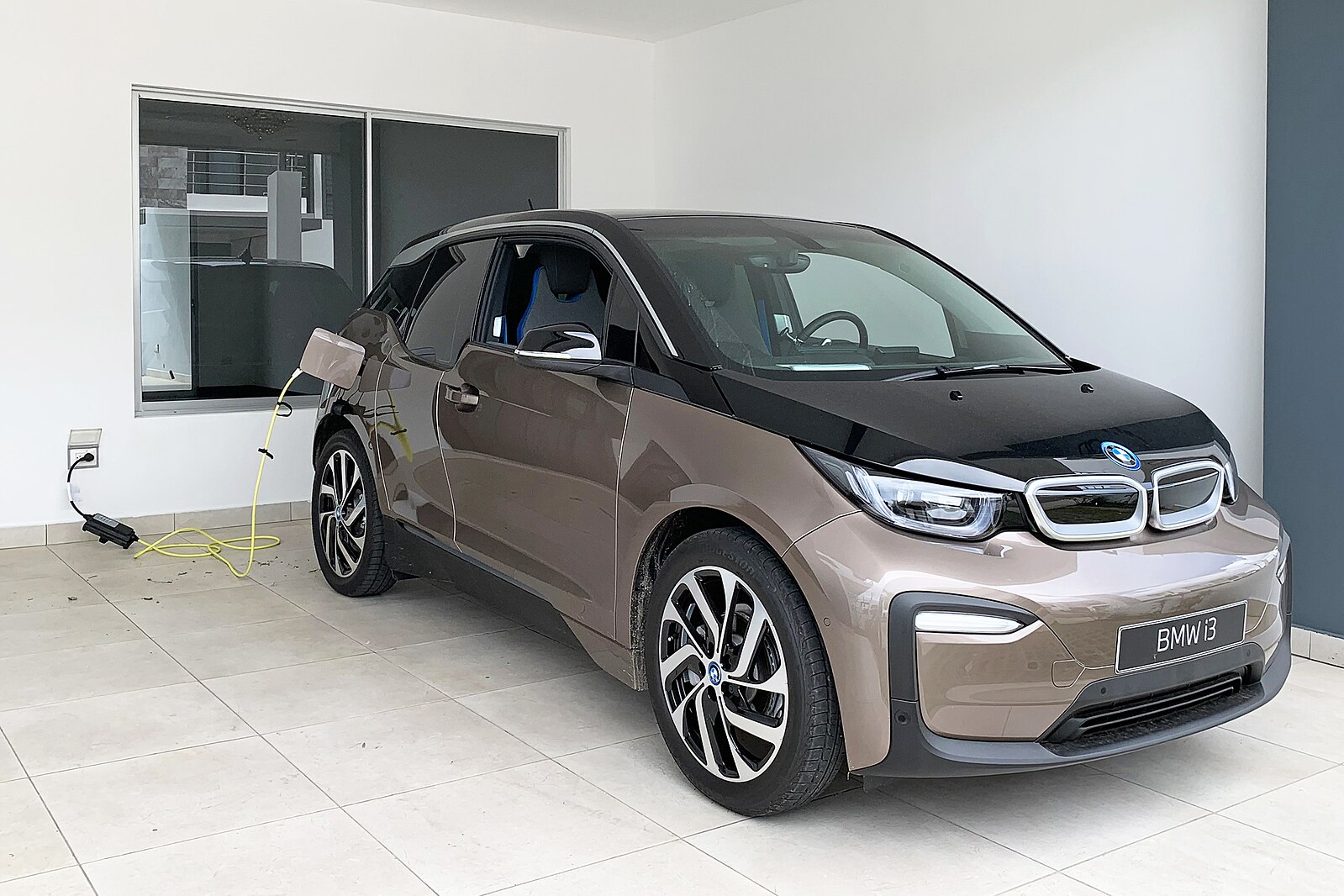
The BMW i3 is a groundbreaking electric vehicle that showcases BMW’s commitment to sustainability and innovation. Introduced in 2013, the i3 features a lightweight construction made from carbon fiber-reinforced plastic (CFRP) and an electric powertrain that offers a range of up to 153 miles. The i3’s futuristic design, with its tall stance and rear-hinged rear doors, set it apart from other electric vehicles. The i3 also introduced features like one-pedal driving and an optional range extender, making it a versatile choice for urban driving. The i3 remains a symbol of BMW’s pioneering efforts in electric mobility.
BMW M1 (1978-1981)
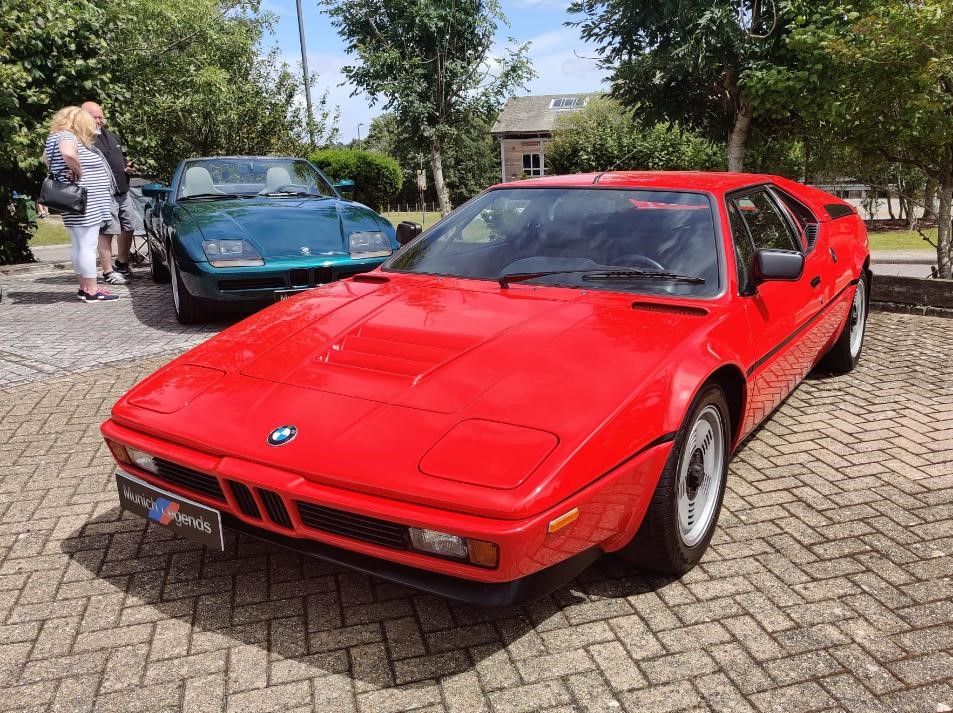
The BMW M1 is a legendary sports car that represents the genesis of BMW’s M division. Introduced in 1978, the M1 was BMW’s first mid-engine car and featured a 3.5-liter inline-six engine that produced 277 horsepower. The M1’s sleek, wedge-shaped design was the work of Giorgetto Giugiaro, and it remains one of the most striking BMWs ever built. The M1 was also a successful racing car, competing in the Procar Championship. Its rarity and significance as the first M car have made it one of the most coveted BMW models among collectors and enthusiasts.
BMW E30 3 Series (1982-1994)
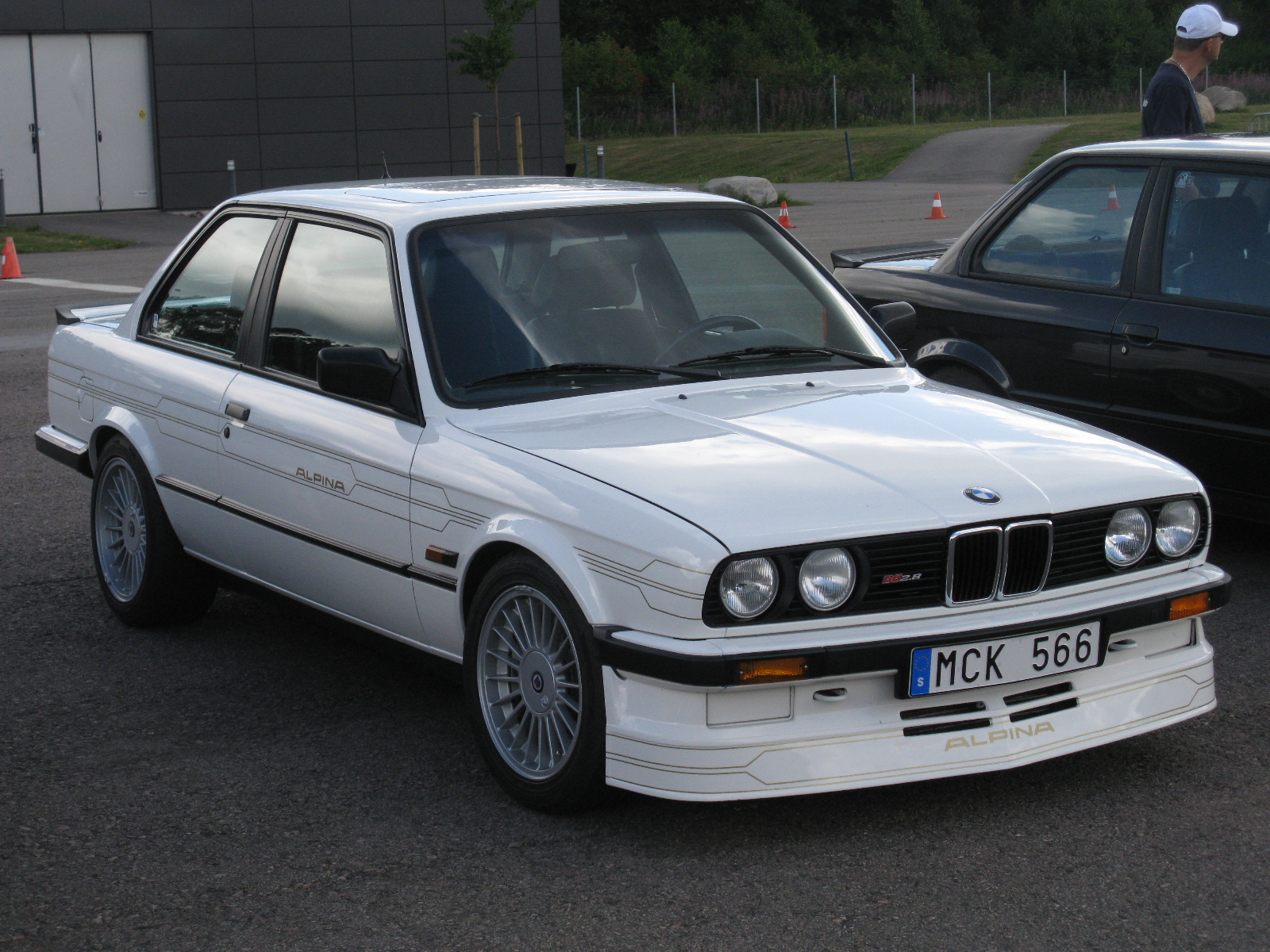
The BMW E30 3 Series is one of the most beloved and recognizable models in BMW’s history. Introduced in 1982, the E30 became famous for its balanced handling, timeless design, and versatility. It was offered in various body styles, including sedan, coupe, convertible, and wagon, and featured a range of engines, from economical four-cylinders to powerful six-cylinders. The E30 also saw the debut of the M3, which became a motorsport legend. The E30’s combination of driving pleasure, durability, and iconic status has made it a favorite among BMW enthusiasts and a popular platform for modification and restoration.
BMW Z8 (1999-2003)
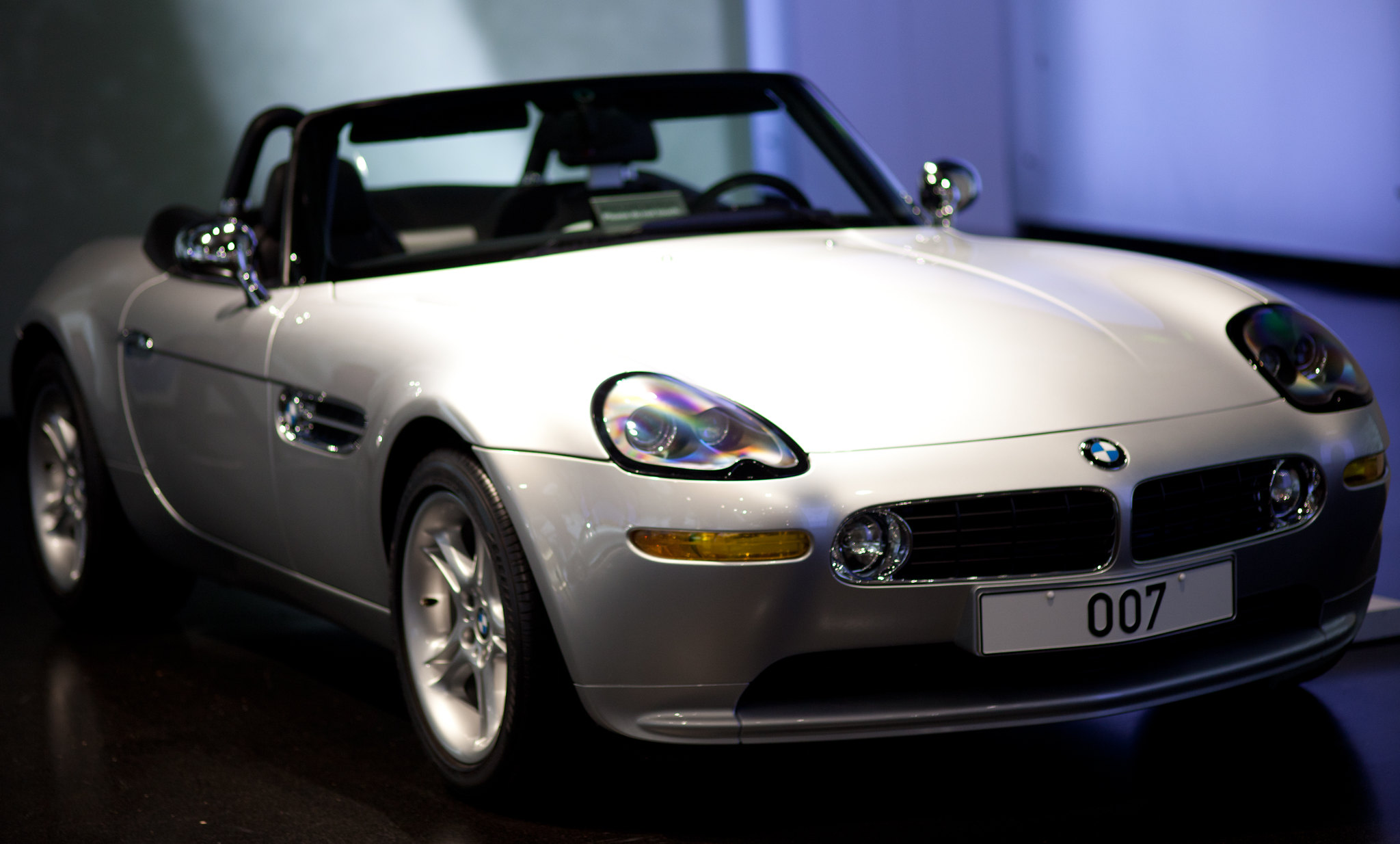
The BMW Z8 is a modern classic that combines retro styling with cutting-edge performance. Introduced in 1999, the Z8 was inspired by the iconic BMW 507 of the 1950s and featured a 4.9-liter V8 engine from the E39 M5, producing 400 horsepower. The Z8’s aluminum spaceframe construction, sleek design, and luxurious interior made it a standout in the roadster segment. The Z8 also gained fame for its appearance in the James Bond film “The World Is Not Enough.” Today, the Z8 is highly sought after by collectors for its blend of performance, rarity, and timeless design.
BMW X3 (2003-Present)
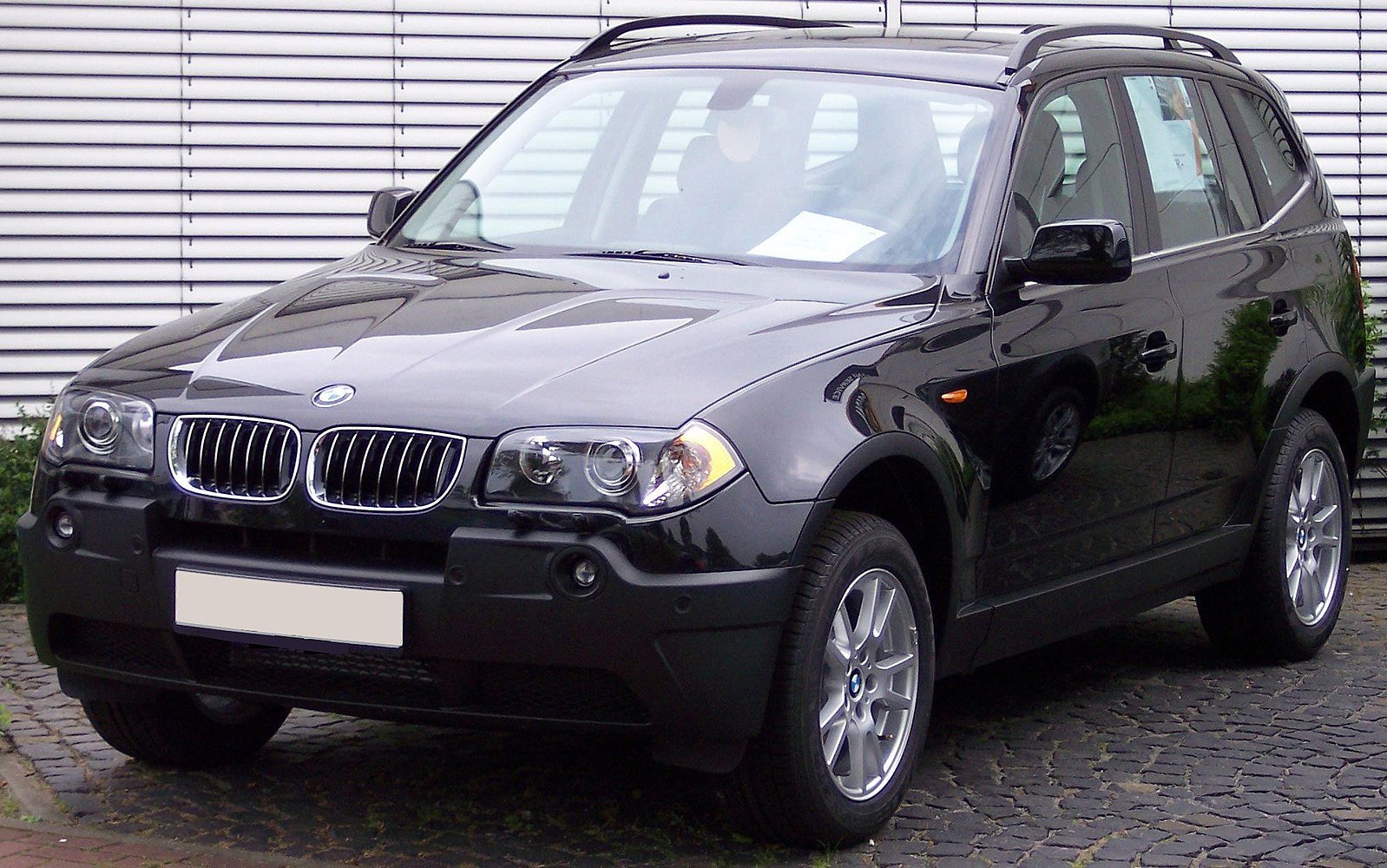
The BMW X3, introduced in 2003, was one of the first compact luxury SUVs and played a key role in establishing BMW’s dominance in the SUV market. The X3 offers a combination of sporty handling, practicality, and luxury, making it a popular choice among buyers. The model has introduced features such as xDrive all-wheel drive, advanced driver assistance systems, and efficient turbocharged engines. The X3’s success has inspired a range of similar models from other automakers, and it remains one of BMW’s best-selling models worldwide.
BMW E21 3 Series (1975-1983)
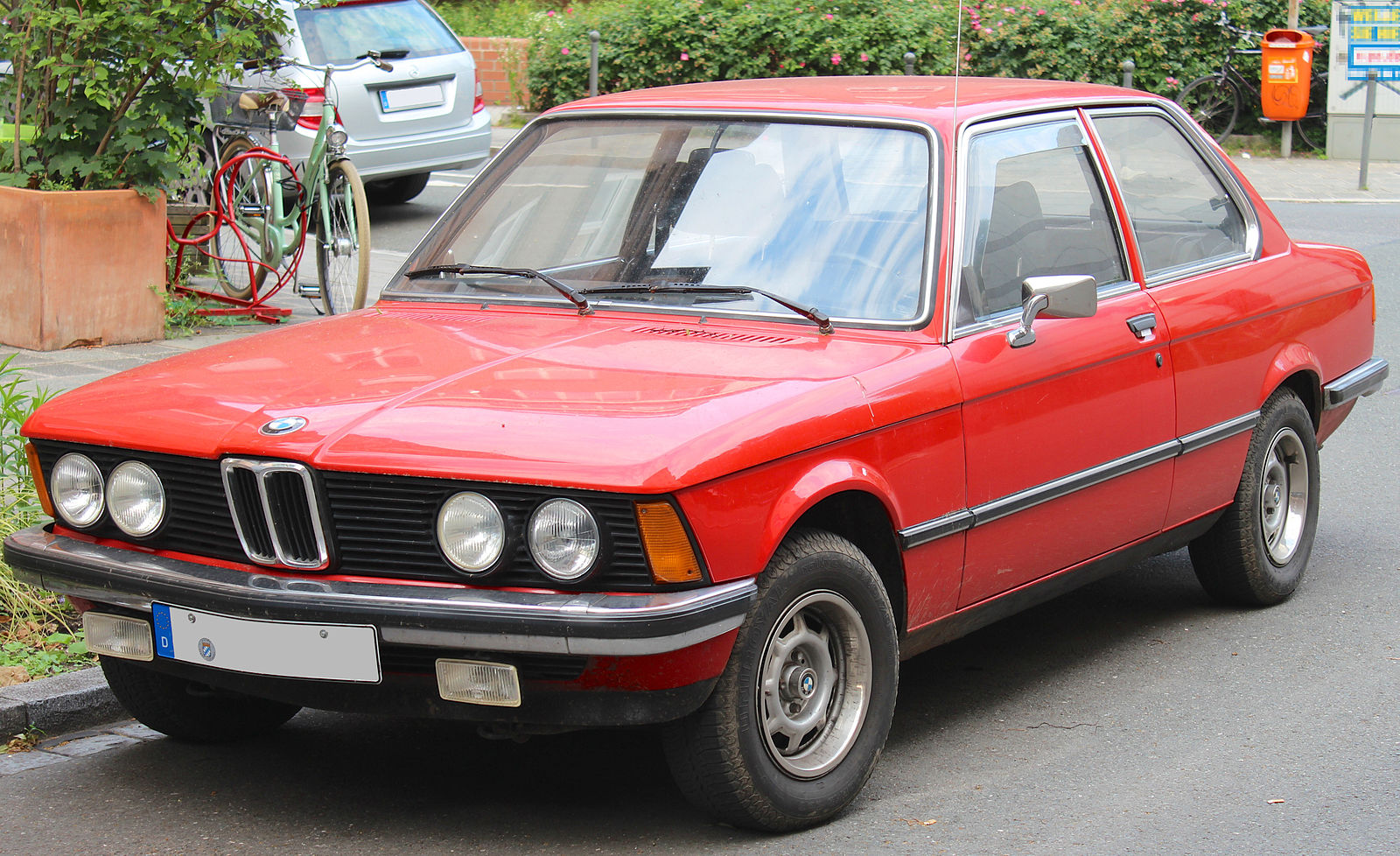
The BMW E21 3 Series is the model that laid the foundation for the 3 Series’ success. Introduced in 1975, the E21 was the first generation of the 3 Series and featured a range of inline-four and inline-six engines. The E21 was praised for its handling, build quality, and sporty design, establishing BMW’s reputation as a maker of driver-focused cars. The E21 also introduced the cockpit-oriented dashboard, which became a signature feature of BMW interiors. The E21’s importance as the progenitor of the 3 Series makes it a significant model in BMW’s history.
BMW 507 (1956-1959)
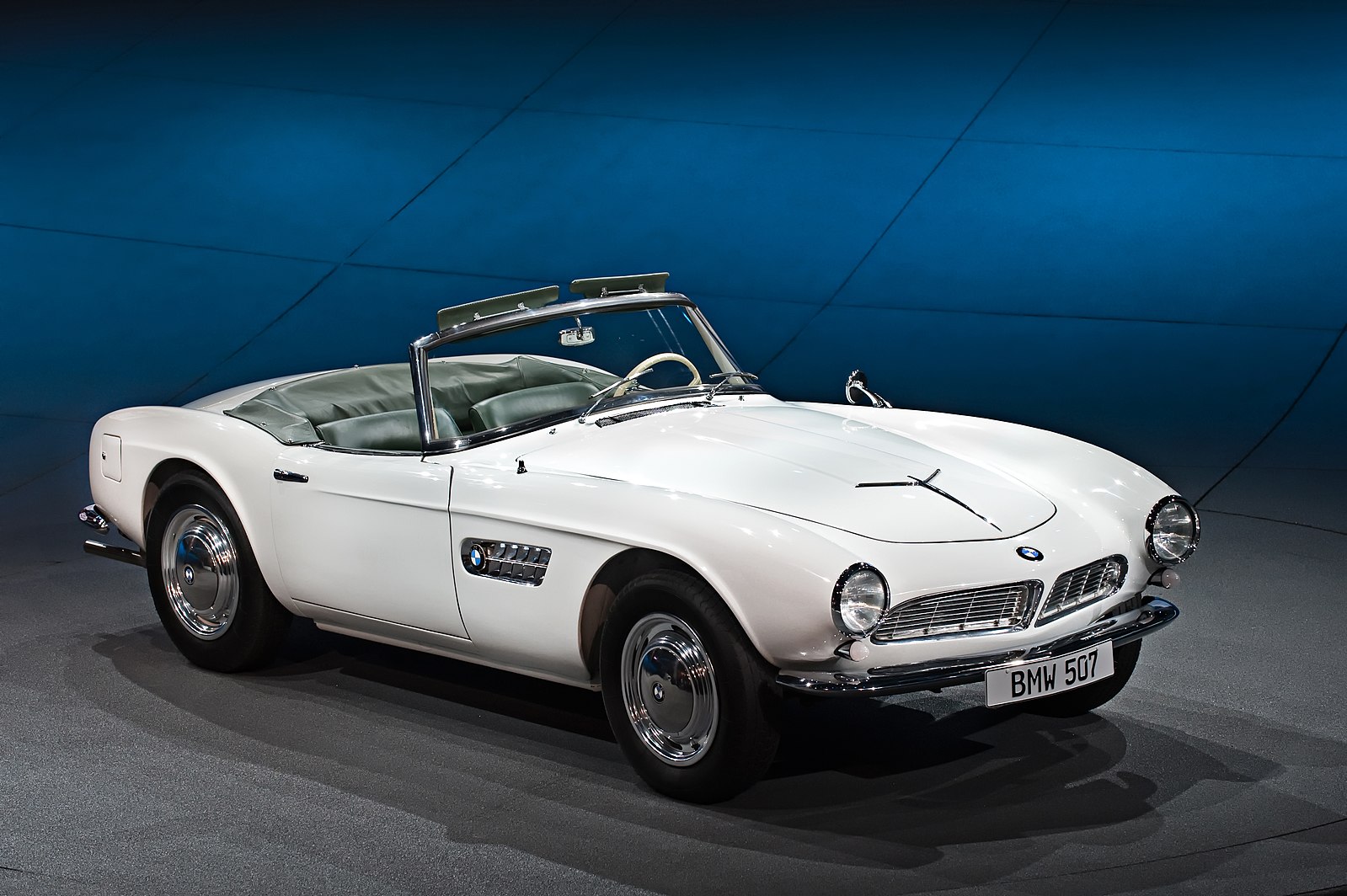
The BMW 507 is one of the most beautiful and iconic cars ever produced by BMW. Introduced in 1956, the 507 was a luxury roadster designed to compete with the Mercedes-Benz 300SL. The 507 featured a 3.2-liter V8 engine, producing 150 horsepower, and a stunning design by Albrecht von Goertz. Despite its beauty, the 507 was a commercial failure due to its high price, and only 252 units were built. Today, the 507 is one of the most valuable and sought-after BMW models, with examples fetching millions of dollars at auction. Its rarity and timeless design make it a true automotive icon.
BMW iX (2021-Present)
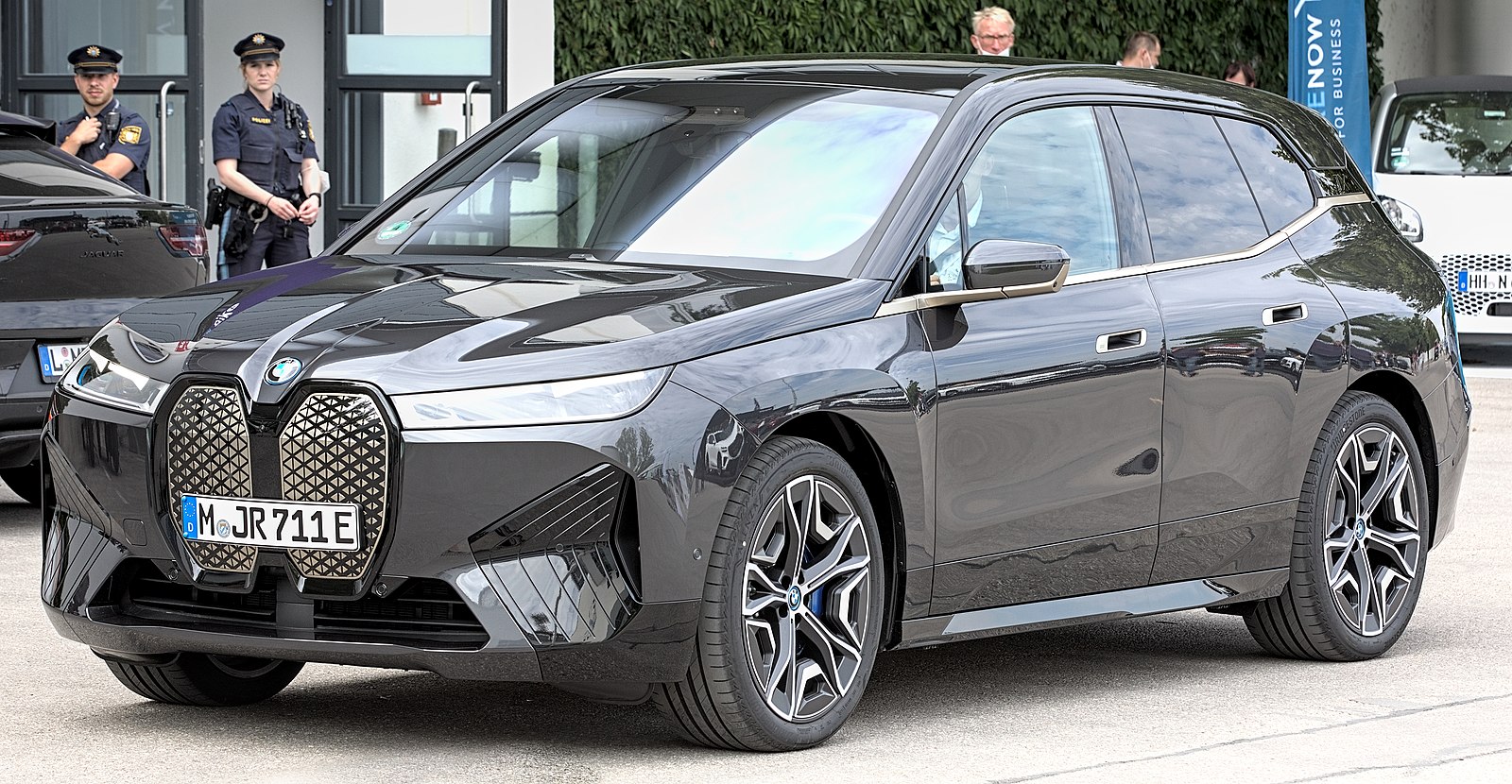
The BMW iX is a fully electric SUV that represents the future of BMW’s commitment to sustainability and innovation. Introduced in 2021, the iX features a sleek, futuristic design with a spacious and luxurious interior. The iX is powered by BMW’s fifth-generation eDrive technology, offering a range of up to 300 miles on a single charge and impressive performance with over 500 horsepower in its top trim. The iX also introduces advanced technology such as 5G connectivity, augmented reality navigation, and Level 2+ autonomous driving capabilities. The iX is a showcase of BMW’s vision for the future of electric mobility.
BMW M5 (1984-Present)
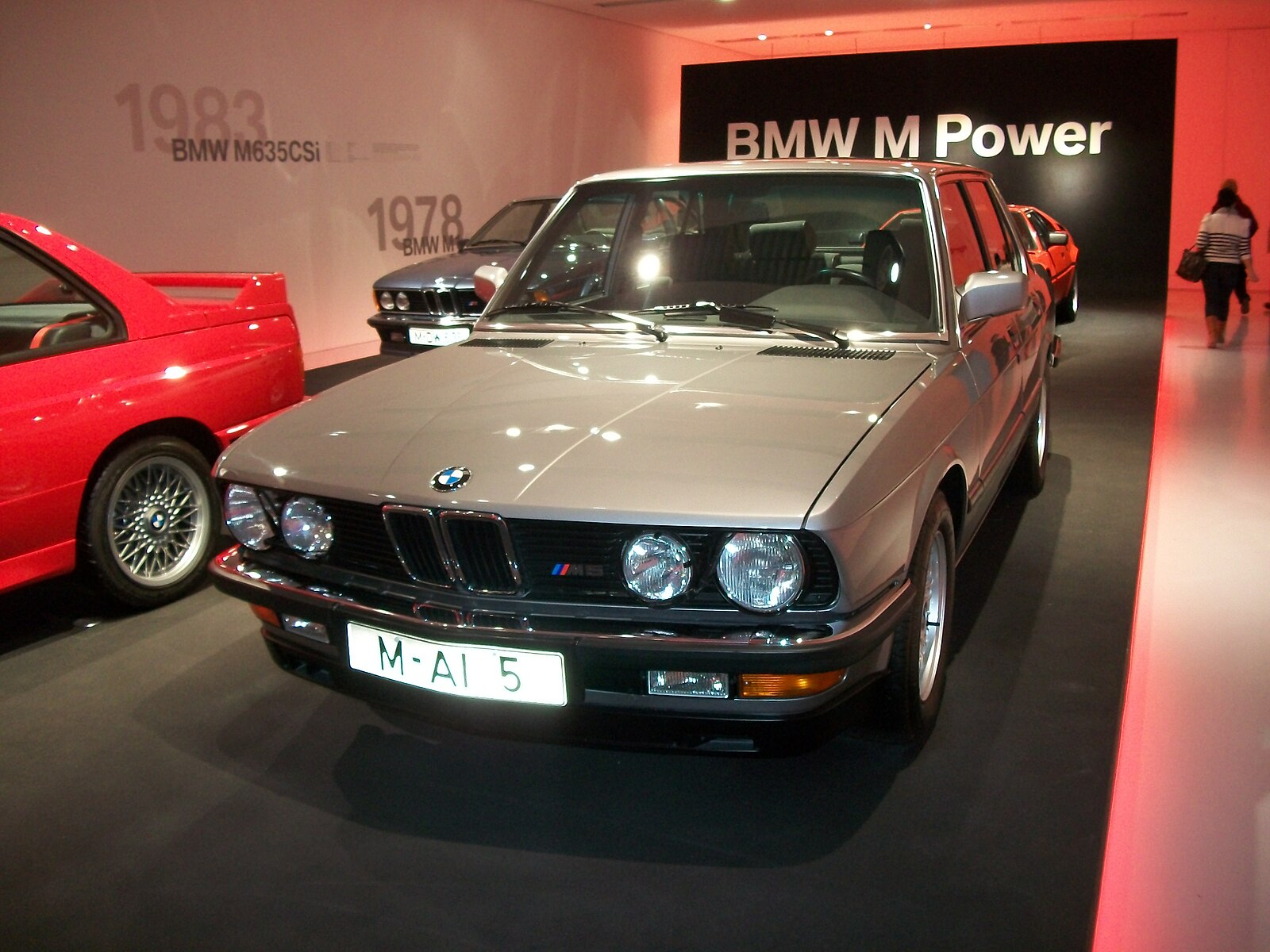
The BMW M5 is one of the most iconic performance sedans in automotive history. First introduced in 1984, the M5 was based on the 5 Series and featured a 3.5-liter inline-six engine derived from the BMW M1, producing 286 horsepower. The M5 combined the practicality of a luxury sedan with the performance of a sports car, creating a new segment in the market. Over the years, the M5 has introduced innovations such as the use of a V10 engine, all-wheel drive, and advanced driver assistance systems. The M5 remains a benchmark for high-performance sedans, beloved by driving enthusiasts worldwide.
BMW 1 Series M Coupe (2011)
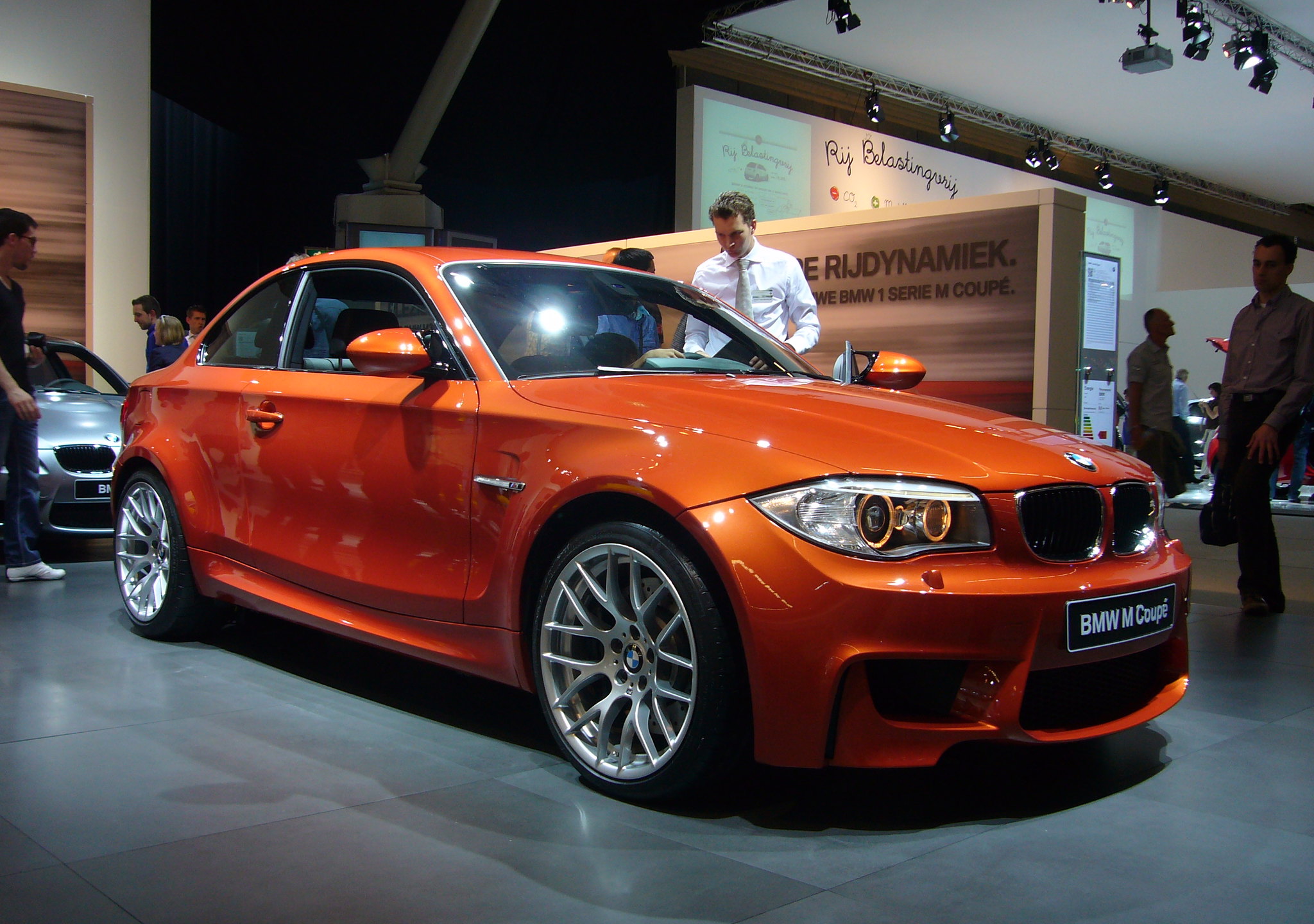
The BMW 1 Series M Coupe, often referred to simply as the “1M,” is a modern classic that has gained a cult following among BMW enthusiasts. Introduced in 2011, the 1M was a limited-production model based on the 1 Series coupe, featuring a 3.0-liter twin-turbo inline-six engine producing 335 horsepower. The 1M was praised for its compact size, agile handling, and analog driving experience, reminiscent of classic BMW M cars. Its rarity, with only around 6,300 units produced, and its pure driving dynamics have made it one of the most sought-after modern BMWs. The 1M is celebrated for capturing the essence of BMW’s M division in a small, unassuming package.
This article originally appeared on MyCarMakesNoise.
More from MyCarMakesNoise
21 Dependable Cars Mechanics Recommend

From family sedans to sporty convertibles, these cars are known for their enduring performance and minimal trips to the repair shop. Read More.
16 Futuristic Concept Cars That Influenced Modern Design
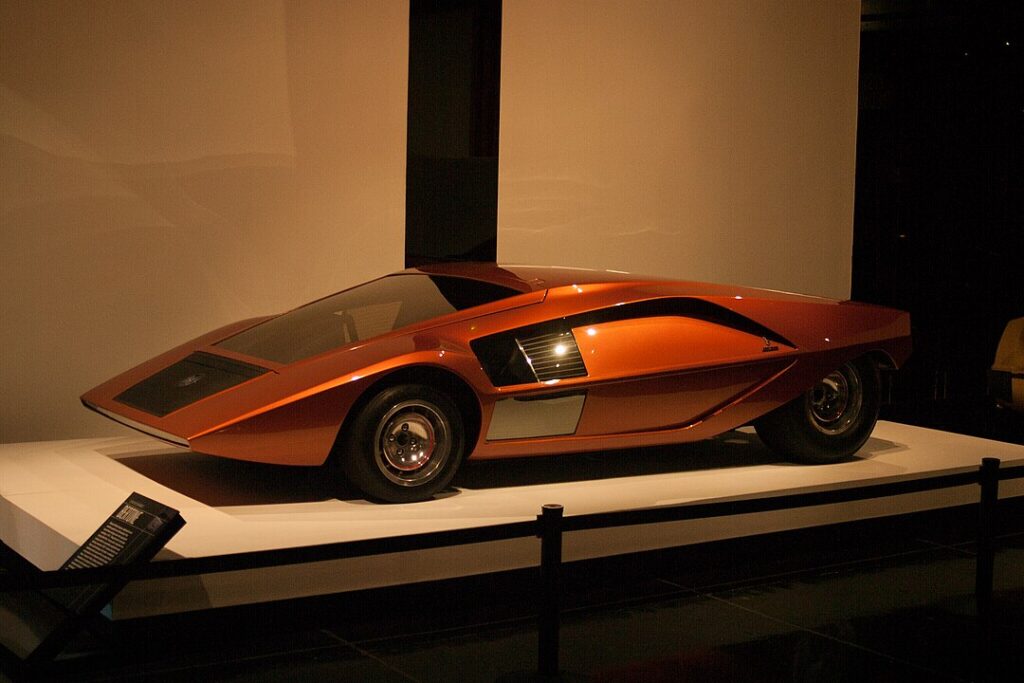
From sleek sports cars to eco-friendly hybrids, here are 16 concept cars that have left a lasting impact on modern automotive design. Read More.
20 Unusual Products Featuring the Harley-Davidson Brand
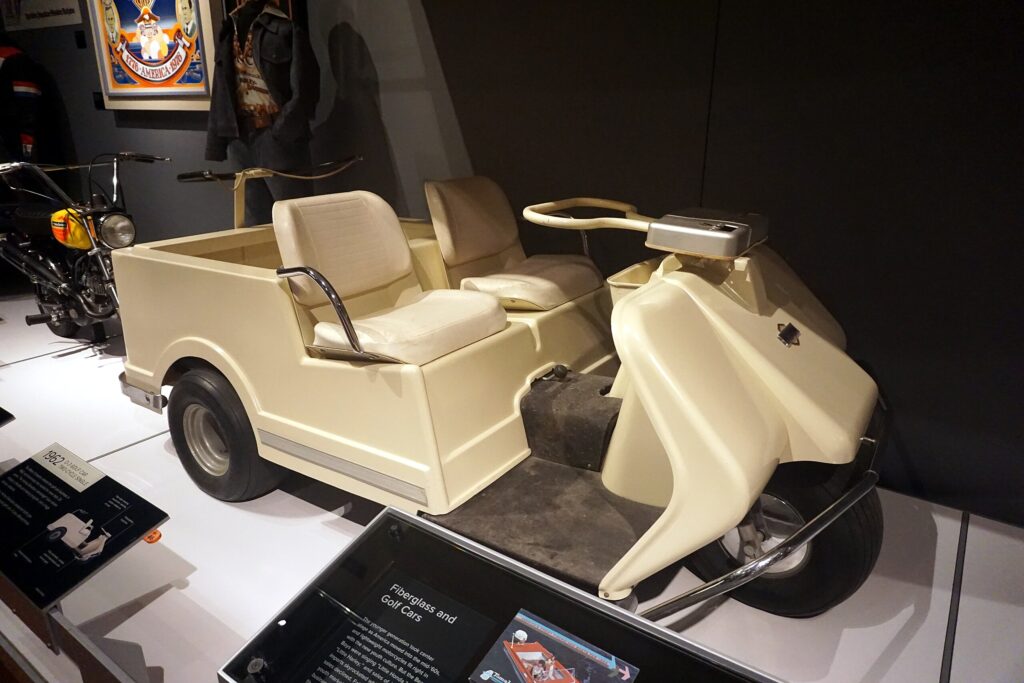
From stylish apparel to unique home décor and even custom golf carts, Harley-Davidson has ventured into various unexpected product lines. Read More.

